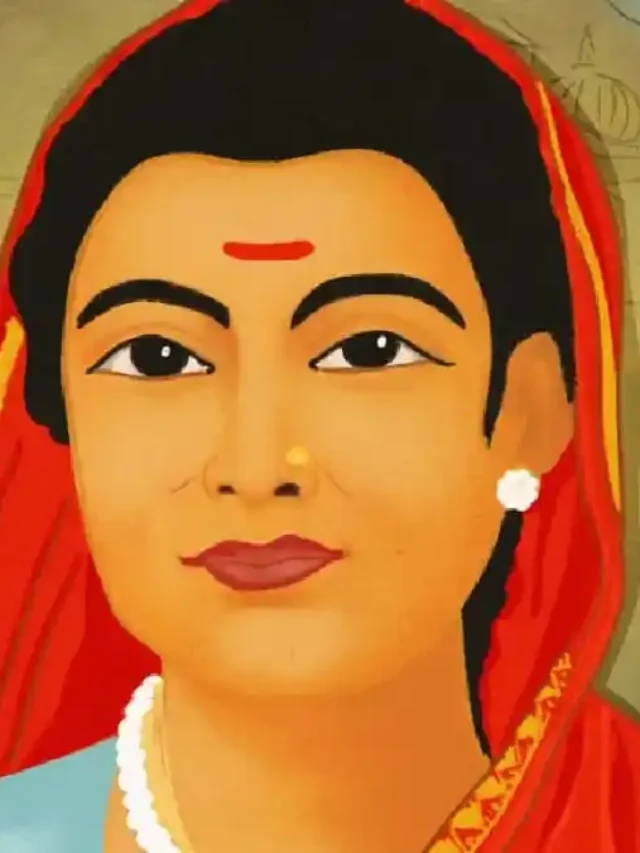WPL Auction 2026 : The Ultimate Guide to Women’s Premier League’s Big Day
Lata Mangeshkar: 8 Powerful Reasons She Remains the Voice of Eternity
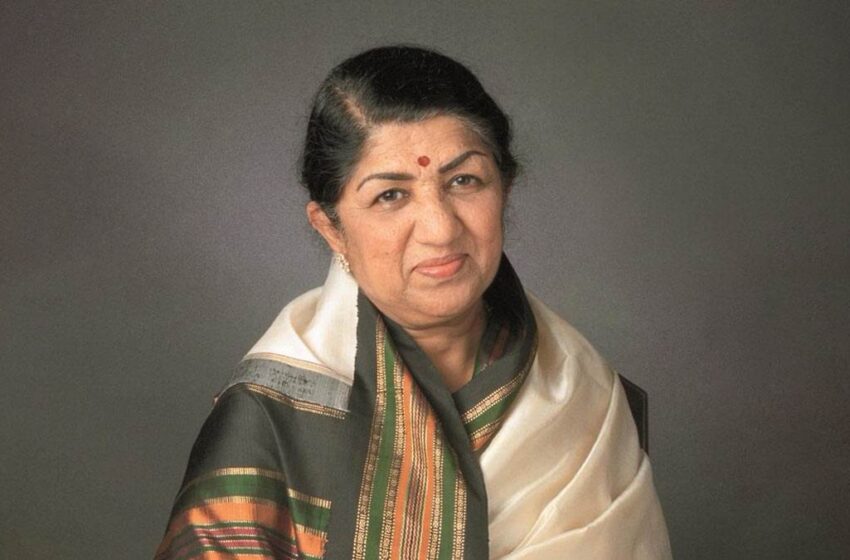
Lata Mangeshkar
Lata Mangeshkar: The Nightingale of India was a legendary singer whose melodious voice left an everlasting impact on Indian music and culture. With a career spanning over seven decades, she recorded thousands of songs in multiple languages, captivating audiences with her soulful renditions. Her contributions to the music industry earned her numerous prestigious awards, including the Bharat Ratna, India’s highest civilian honor. Beyond accolades, Lata Mangeshkar’s voice became synonymous with emotion, devotion, and timeless artistry, inspiring generations of musicians and music lovers. Her legacy continues to live on, making her an eternal icon in the world of music.
Early Life and Background
Lata Mangeshkar was born on September 28, 1929, in Indore, Madhya Pradesh, India, into a family deeply rooted in music. Her father, Pandit Deenanath Mangeshkar, was a classical singer and theater actor, while her mother, Shevanti Mangeshkar, was a homemaker. She was the eldest of five siblings—Asha Bhosle, Usha Mangeshkar, Meena Mangeshkar, and Hridaynath Mangeshkar—all of whom became accomplished musicians.
Lata’s interest in music began at an early age, and she received her initial training in classical singing from her father. However, tragedy struck the family in 1942 when her father passed away. She was just 13 years old at the time, and the responsibility of supporting the family fell on her shoulders.
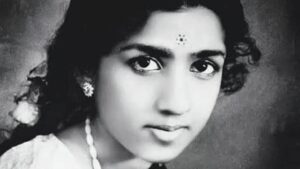
Early Struggles and Breakthrough
After her father’s death, Master Vinayak, a close family friend and filmmaker, helped her find work in the film industry. She began her career as a playback singer in 1942, singing her first song for a Marathi film, Kiti Hasaal, though it was eventually removed from the final cut. Her first released song was “Natali Chaitrachi Navlai” for the Marathi film Pahili Mangalaa-gaur (1942).
In the initial years, Lata faced rejection for having a voice that was considered too thin compared to the heavy voices that were popular in the 1940s, like Noor Jehan and Shamshad Begum. However, her breakthrough came in 1949 when she sang “Aayega Aanewala” from the film Mahal, composed by Khemchand Prakash. The song became a massive hit and established her as a leading playback singer in Bollywood.

Rise to Stardom (1950s–1970s)
During the 1950s and 1960s, Lata Mangeshkar became the most sought-after playback singer in the Hindi film industry. She worked with legendary music directors like:
- S.D. Burman (Guide, Jewel Thief, Aradhana)
- Naushad (Mughal-e-Azam, Baiju Bawra)
- Shankar-Jaikishan (Barsaat, Shree 420)
- Madan Mohan (Woh Kaun Thi, Mera Saaya)
- R.D. Burman (Amar Prem, Aandhi)
Her versatility allowed her to sing a wide range of songs, from classical-based melodies to romantic ballads and patriotic anthems. Some of her most iconic songs from this era include:
- “Pyar Kiya Toh Darna Kya” (Mughal-e-Azam, 1960)
- “Ajeeb Dastan Hai Yeh” (Dil Apna Aur Preet Parai, 1960)
- “Lag Ja Gale” (Woh Kaun Thi, 1964)
- “Tere Bina Zindagi Se” (Aandhi, 1975)
She also lent her voice to many regional songs in Marathi, Bengali, Tamil, Telugu, Gujarati, and Punjabi.

1980s–2000s: Later Career and Achievements
Even as Bollywood music evolved, Lata Mangeshkar remained at the top of the industry. She continued collaborating with music directors like Laxmikant-Pyarelal, Kalyanji-Anandji, and A.R. Rahman.
Some of her major hits from this period include:
- “Yeh Galiyan Yeh Chaubara” (Prem Rog, 1982)
- “Dil Deewana” (Maine Pyar Kiya, 1989)
- “Didi Tera Devar Deewana” (Hum Aapke Hain Koun..! 1994)
- “Jiya Jale” (Dil Se, 1998, A.R. Rahman)
She recorded fewer songs in the 2000s, but her contribution to Indian music remained unmatched. Her last recorded song was “Saugandh Mujhe Is Mitti Ki” in 2019, dedicated to the Indian Army.
Awards and Honors
Lata Mangeshkar’s contributions to music earned her numerous awards, including:
- Bharat Ratna (2001) – India’s highest civilian award
- Padma Bhushan (1969) and Padma Vibhushan (1999)
- Dadasaheb Phalke Award (1989)
- Filmfare Awards – She won four Best Playback Singer Awards, and later, Filmfare created a special Lifetime Achievement Award in her honor
- National Film Awards – Won three times for Best Female Playback Singer
- Legion of Honour (France’s Highest Civilian Award) (2007)
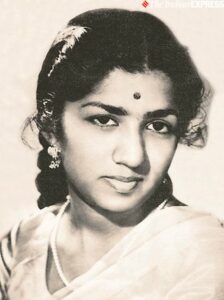
Personal Life and Legacy
Lata Mangeshkar remained unmarried throughout her life, dedicating herself entirely to music. She was deeply spiritual and had a passion for photography and cricket.
Her legacy lives on through her timeless songs, which continue to inspire generations of musicians. She is often regarded as the “Voice of the Millennium” and “Goddess of Music” in India.
Death and Tributes
Lata Mangeshkar passed away on February 6, 2022, at the age of 92 due to complications from COVID-19. Her passing was mourned by millions, with the Government of India declaring two days of national mourning. Her funeral was held with full state honors in Mumbai’s Shivaji Park.

Conclusion: The Timeless Legacy of Lata Mangeshkar
Lata Mangeshkar, often referred to as the “Nightingale of India,” was not just a singer—she was an emotion, a cultural phenomenon, and an eternal voice that resonated across generations. Her contribution to Indian music transcends time, genre, and linguistic barriers, making her one of the most revered and celebrated artists in the history of Indian cinema. Her melodies have defined eras, her voice has been the soul of countless emotions, and her legacy continues to inspire millions worldwide.
An Unparalleled Contribution to Music
Lata Mangeshkar’s career, spanning nearly eight decades, is unparalleled in the history of Indian music. With over 30,000 songs recorded in multiple languages, she created an immense musical treasure trove. Whether it was the classical-based songs of the 1950s, the romantic melodies of the 1960s and 70s, or the patriotic anthems that stirred the nation’s soul, she lent her voice to every emotion imaginable. Her ability to adapt to changing musical styles while maintaining her signature purity and soulfulness is a testament to her extraordinary talent.

Her voice became synonymous with the leading heroines of Bollywood across generations. From Madhubala and Nargis to Sridevi and Madhuri Dixit, her voice seamlessly blended with each actress’s persona, making the songs feel like an extension of their emotions on screen. This rare ability to match vocal expression with visual storytelling elevated Indian film music to an art form that remains unmatched.
A Symbol of Grace, Dedication, and Humility
Despite her unparalleled success, Lata Mangeshkar remained a humble and private person. She carried herself with grace, never letting fame overshadow her deep love for music. She was known for her disciplined approach to singing, ensuring perfection in every note, every expression, and every song she recorded. Her dedication to her craft was unwavering, a quality that made her the undisputed queen of playback singing for decades.
Beyond her musical brilliance, she was a beacon of humility and professionalism. She remained away from controversies, focusing solely on her passion for music. Her simple lifestyle and dignified presence in the industry earned her respect and admiration from peers and audiences alike.
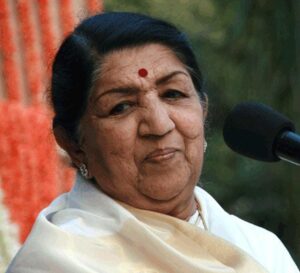
A Voice That Defined National Identity
Lata Mangeshkar’s voice was not just about entertainment; it played a crucial role in shaping India’s cultural and national identity. Songs like “Ae Mere Watan Ke Logon” became anthems of patriotism, moving even leaders like Jawaharlal Nehru to tears. Her renditions of Vande Mataram and Sare Jahan Se Achha instilled a sense of pride and unity among Indians.
Her influence extended beyond film music—her bhajans and ghazals brought solace to millions, and her folk songs preserved the rich heritage of India’s diverse musical traditions. Her voice became an integral part of religious ceremonies, celebrations, and even moments of national mourning.

The Immortality of Her Music
Even though Lata Mangeshkar is no longer physically present, her music ensures she remains immortal. Unlike many artists whose work fades over time, her songs continue to be played, cherished, and rediscovered by new generations. Whether it’s a child learning their first Hindi song, a couple reliving their love story through her melodies, or an elderly person finding comfort in her bhajans, her music remains an intrinsic part of people’s lives.
Modern-day artists continue to draw inspiration from her, and digital platforms have made her vast repertoire accessible to music lovers worldwide. Her influence can be seen in the works of contemporary singers, composers, and music producers, proving that true art never fades—it only grows with time.

Final Thoughts: The Eternal Nightingale
Lata Mangeshkar was not just a singer; she was the voice of India’s soul. Her legacy is not confined to records, awards, or accolades—it lives in every melody she sang, every emotion she conveyed, and every heart she touched.
Her passing marked the end of an era, but her voice ensures that her presence will never fade. She remains a guiding light for aspiring musicians, a source of nostalgia for older generations, and a timeless treasure for lovers of music.
In the grand symphony of Indian music, Lata Mangeshkar’s voice will forever be the sweetest note—a note that echoes through time, carrying with it the essence of love, devotion, and artistry. As long as music exists, Lata Mangeshkar will continue to reign as the undisputed “Swar Kokila” of India.
ALSO READ THIS: “Sajini Shinde Ka Viral Video 2023: A Mystery That Shook Society”


